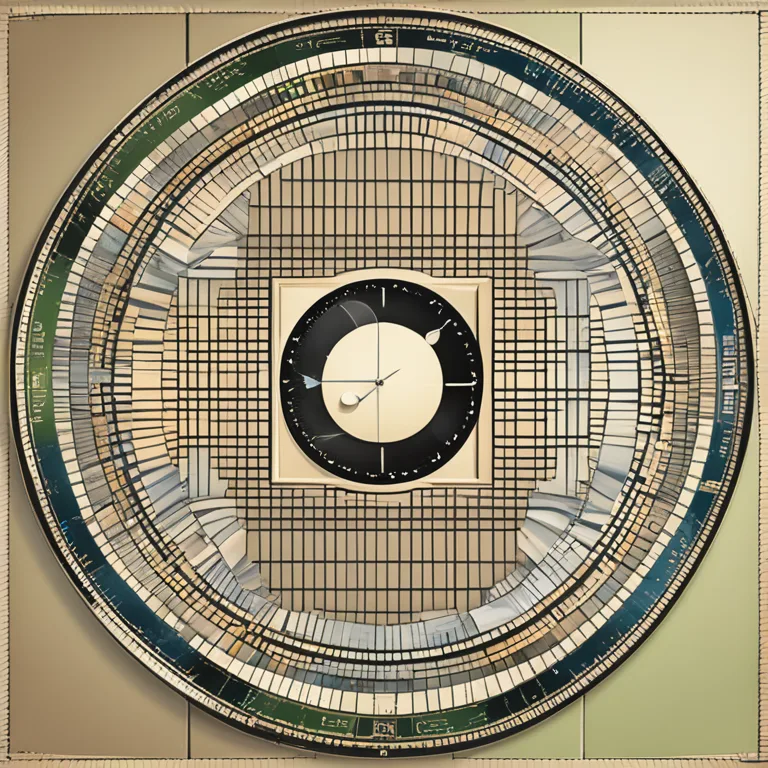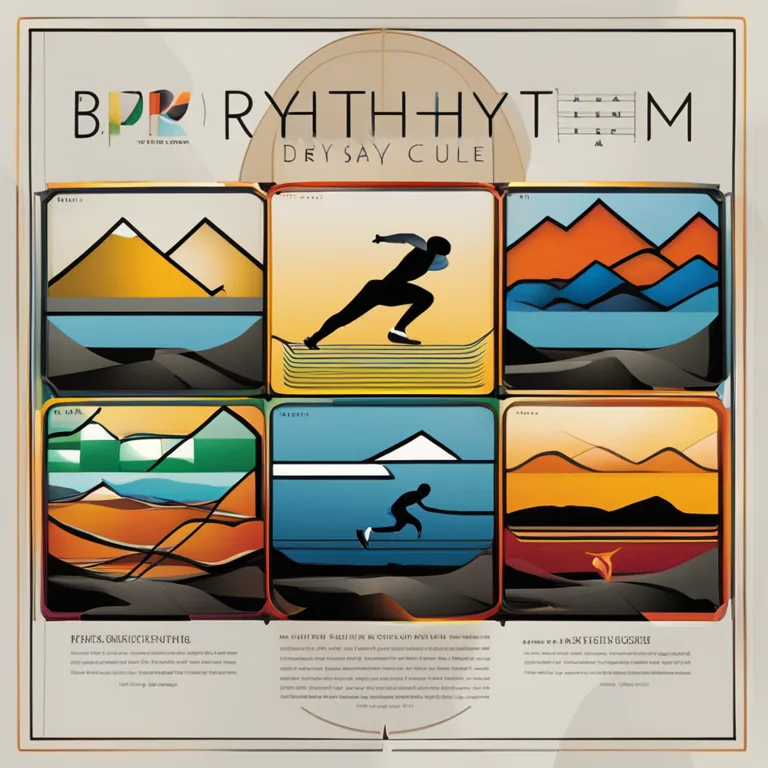
The Role Of Biorhythms
Discover the fundamental concepts of biorhythms and how they influence our daily lives, health, and well-being.
article by Adrian Wallace
Introduction to Biorhythms
Many believe that our daily lives are influenced by natural, biological cycles known as biorhythms. These rhythmic patterns are thought to affect our physical, emotional, and intellectual capabilities. But what exactly makes up these biorhythms, and how do they work? This article delves into the components that constitute biorhythms and the potential impact they have on our daily lives. As we progress further into the 21st century, the study of biorhythms continues to intertwine with our understanding of wellness and personal performance.

Biorhythms Defined
A biorhythm is a hypothetical cycle that suggests there are predictable patterns in various aspects of a person's life. It is essentially an attempt to predict various aspects of a person's life through simple mathematical cycles. Traditionally, three primary cycles are noted: the physical (23-day cycle), the emotional (28-day cycle), and the intellectual (33-day cycle). These cycles begin at birth and are believed to influence us throughout our lives. Despite the lack of empirical evidence to conclusively prove their existence, biorhythms remain a topic of interest, particularly in the fields of holistic and lifestyle wellness.

Physical Biorhythm Cycle
The physical biorhythm cycle, spanning a period of 23 days, is thought to influence one's strength, endurance, and overall physical condition. During the high phase of this cycle, an individual may feel at their peak physical performance, whereas, during the low phase, they might feel tired or less energetic. Recognizing these cycles can purportedly help individuals schedule physically demanding activities during their optimal times, potentially improving performance and reducing the risk of injuries.

Emotional Biorhythm Cycle
Similarly, the emotional biorhythm cycle, lasting 28 days, is said to affect a person's mood, feelings, and emotional stability. Advocates of biorhythms suggest that being aware of one's emotional cycle could be beneficial in managing interpersonal relationships and emotional health. High phases might indicate periods of emotional strength and resilience, whereas low phases might be times of heightened emotional sensitivity or instability.

Intellectual Biorhythm Cycle
With a 33-day period, the intellectual biorhythm cycle is associated with cognitive functions, such as analytical thinking, logic, memory, and communication skills. Knowledge of this cycle might be used to plan for intellectually demanding tasks or learning new skills when the cycle predicts heightened mental prowess.
Modern Relevance and Technological Integration
In today's digital age, the interest in biorhythms has led to the development of various applications and software programs that calculate these cycles for individuals. Personalized biorhythm charts and predictive analytics have been integrated with wearable technology, allowing users to monitor their own cycles with greater ease and precision. As we move forward, the fusion of biorhythm software with personal health and well-being tools could potentially offer new insights into personalized care and development.
Critique and Scientific Consideration
While biorhythms are an intriguing concept, it's important to note that they are widely considered pseudoscientific, with very little scientific evidence supporting their validity. The scientific community often criticizes the methodology used in biorhythm theory, citing a lack of empirical research and reproducibility. However, the concept still persists within certain holistic and alternative wellness circles, warranting an informed and cautious approach for those interested in integrating biorhythms into their life and health routines.
Published: 12/28/2023
Modified: 12/28/2023
More predictions
Come back here soon to learn more about yourself and your future


Biorhythm Basics: Patterns of Life's Vital Rhythms
Explore the intriguing concept of biorhythms and how they exemplify distinct cycles impacting physical, emotional, and intellectual states.


BioRythm Compatibility: Syncing Life's Rhythms Together
Discover how biorhythm compatibility can influence your personal relationships and find harmony with life's natural cycles.


The Rhythms of Life: A Guide to Biorhythm Cycles
Discover the science of biorhythm cycles and how they influence your physical, emotional, and intellectual states throughout life.